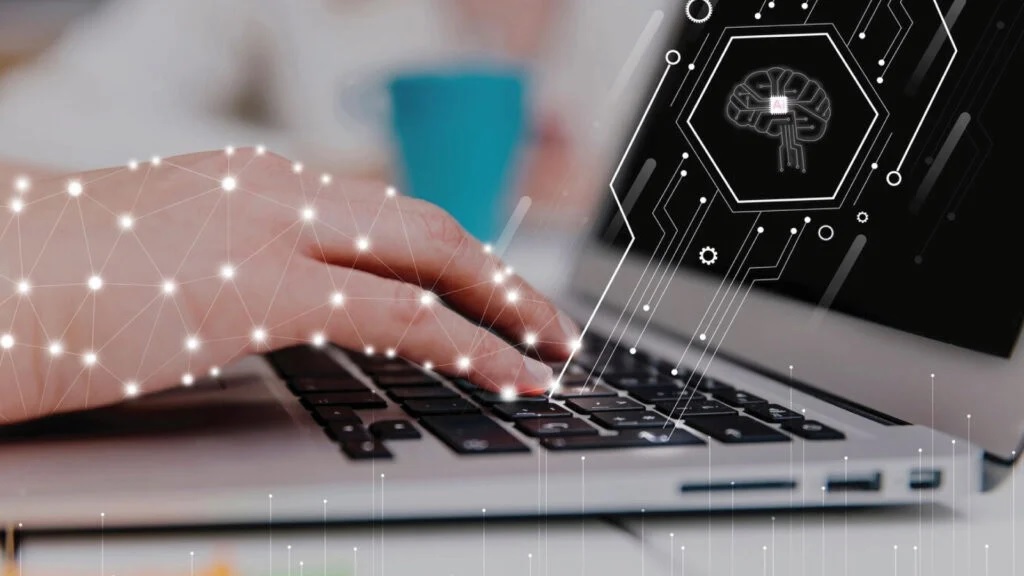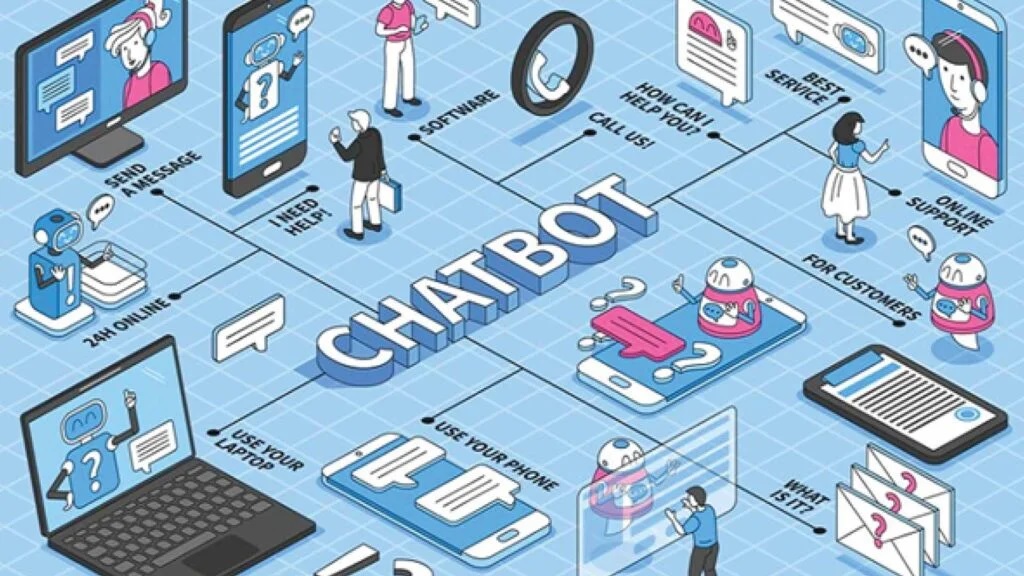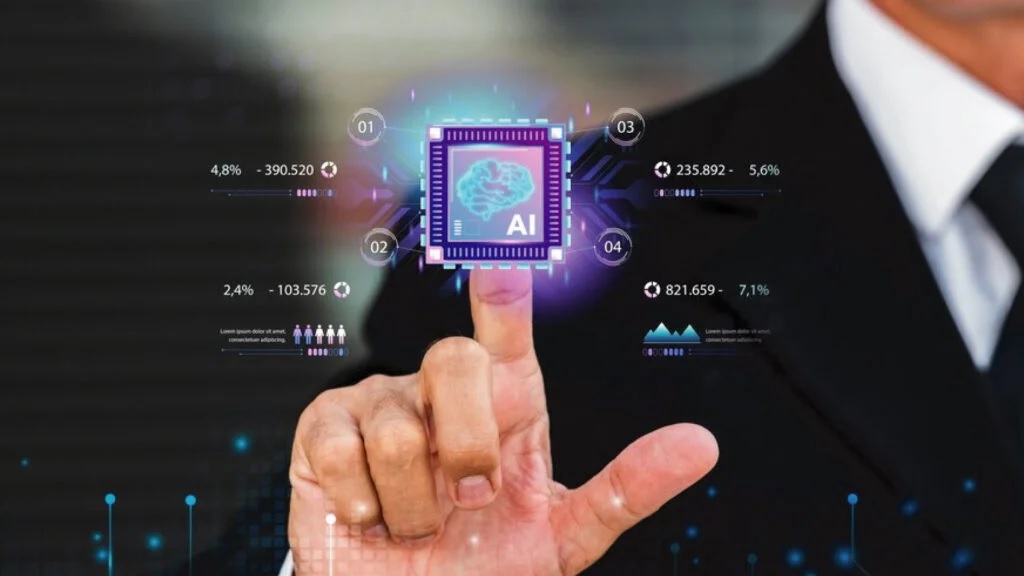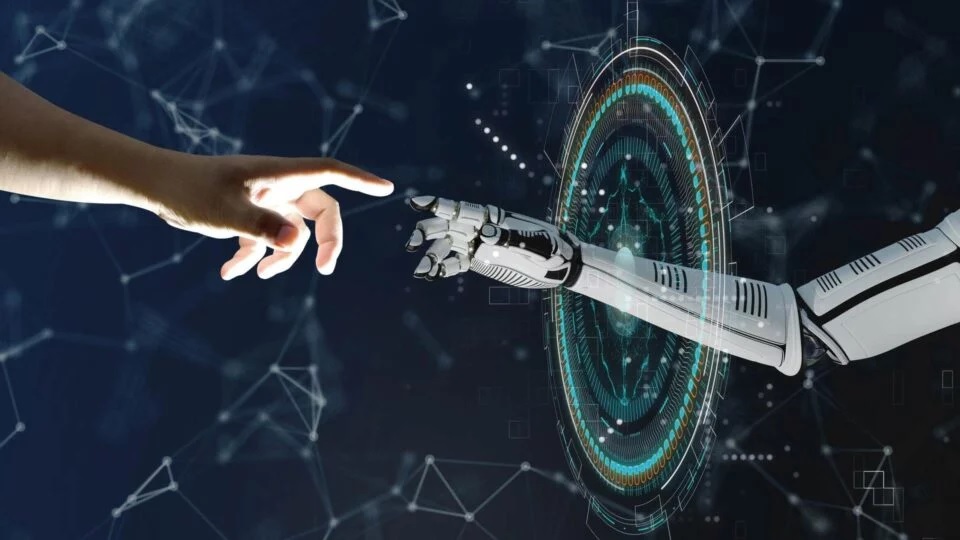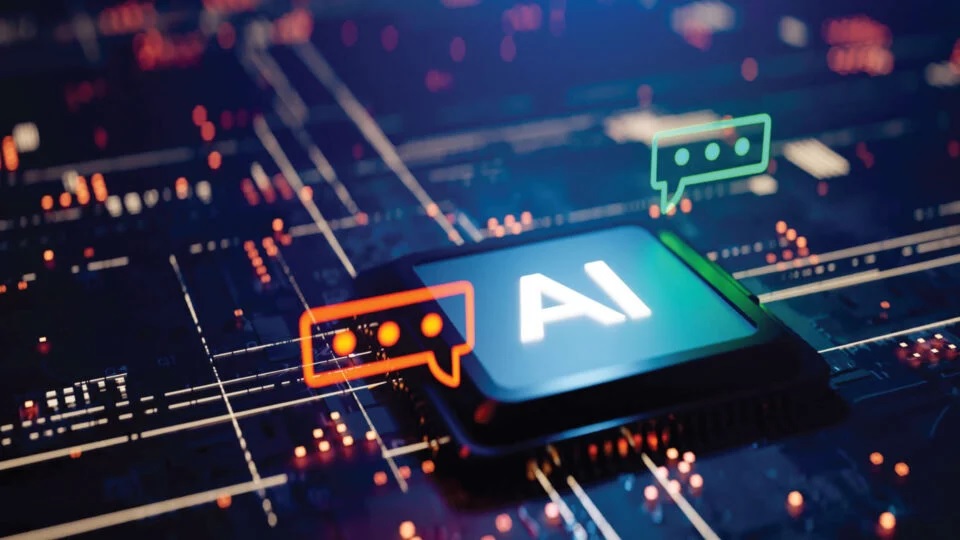Another day, another AI headline. Meta has introduced new AI chatbots, embodied by celebrities, in a bid to mix information with entertainment. Amazon has invested up to $4B in its rival, Anthropic; and Google has launched Gemini, to compete with GPT-4. That’s just some of the AI stories within the last quarter involving three of the most influential companies in the technology sector.
Artificial Intelligence is booming. Its rapid development in 2023 has unlocked a wave of new possibilities and opportunities for the AI and machine learning ecosystem. But one of its beneficiaries isn’t. While AI stock has never been higher, we’ve not seen this optimism translate into the autonomous vehicle (AV) sector. This makes little sense. The development of AI and the future of autonomous vehicles is inextricably linked – the former quite literally powers the latter. So why is there this disparity in market confidence between the two sectors? And what does the surge in artificial intelligence mean for the AV sector as a whole?
The field of autonomous vehicles (AVs) has captured our imagination for decades. While self-driving cars are still a work in progress, the recent boom in artificial intelligence (AI) has the potential to be a game-changer. Let's explore how advancements in AI could transform the landscape of autonomous vehicles.
One of the most significant impacts of AI will be on the decision-making capabilities of AVs. AI algorithms, trained on vast amounts of driving data, can potentially react to complex situations faster and more consistently than human drivers.
The AV crystal ball
The challenges of AV at present are those of AI’s future. One of these big challenges revolves around data. An advanced driver assistance system (ADAS) or autonomous driving (AD) system relies on sensors (such as cameras and radar) to ‘see’ the world around them. The data these sensors collect is processed by machine learning to train an AI algorithm, which then makes decisions to control the car. However, handling, curating, annotating and refining the vast amounts of data needed to train and apply these algorithms is immensely difficult. As such, autonomous vehicles are currently pretty limited in their use cases.
AI developers outside the AV world are similarly drowning in data and how they collate and curate data sets for training is equally crucial. The issue of encoded bias resulting from skewed, low quality data is a big problem across sectors: bias against minorities has been found in hiring and loans, where in 2019 Apple’s credit card was investigated over claims its algorithm offered different credit limits for men and women. As applications of AI only continue to increase and reshape the world around us, it’s critical that the data feeding algorithms are correctly tagged and managed.
In other sectors, errors are more readily tolerated, even while bias harms. Consumers may not mind the odd mistake here and there when they enlist the help of ChatGPT, and even find these lapses amusing, but this leniency won’t last long. As reliance on new AI tools increases, and concern over its power grows, ensuring applications meet consumer expectations will be increasingly important. The pressure to close the gap between promise and performance is getting bigger as AI moves from science fiction to reality.
To Know More, Read Full Article @ https://ai-techpark.com/how-will-the-ai-boom-affect-autonomous-vehicles/
Related Articles -
Transforming Business Intelligence
News - Storj announced accelerated growth of cloud object storage solution


